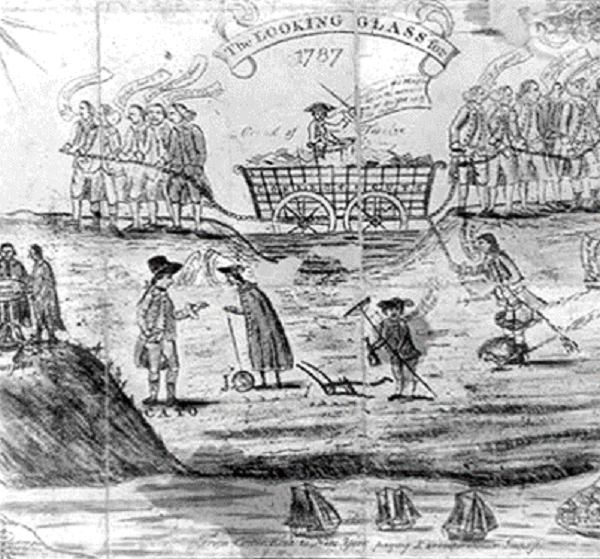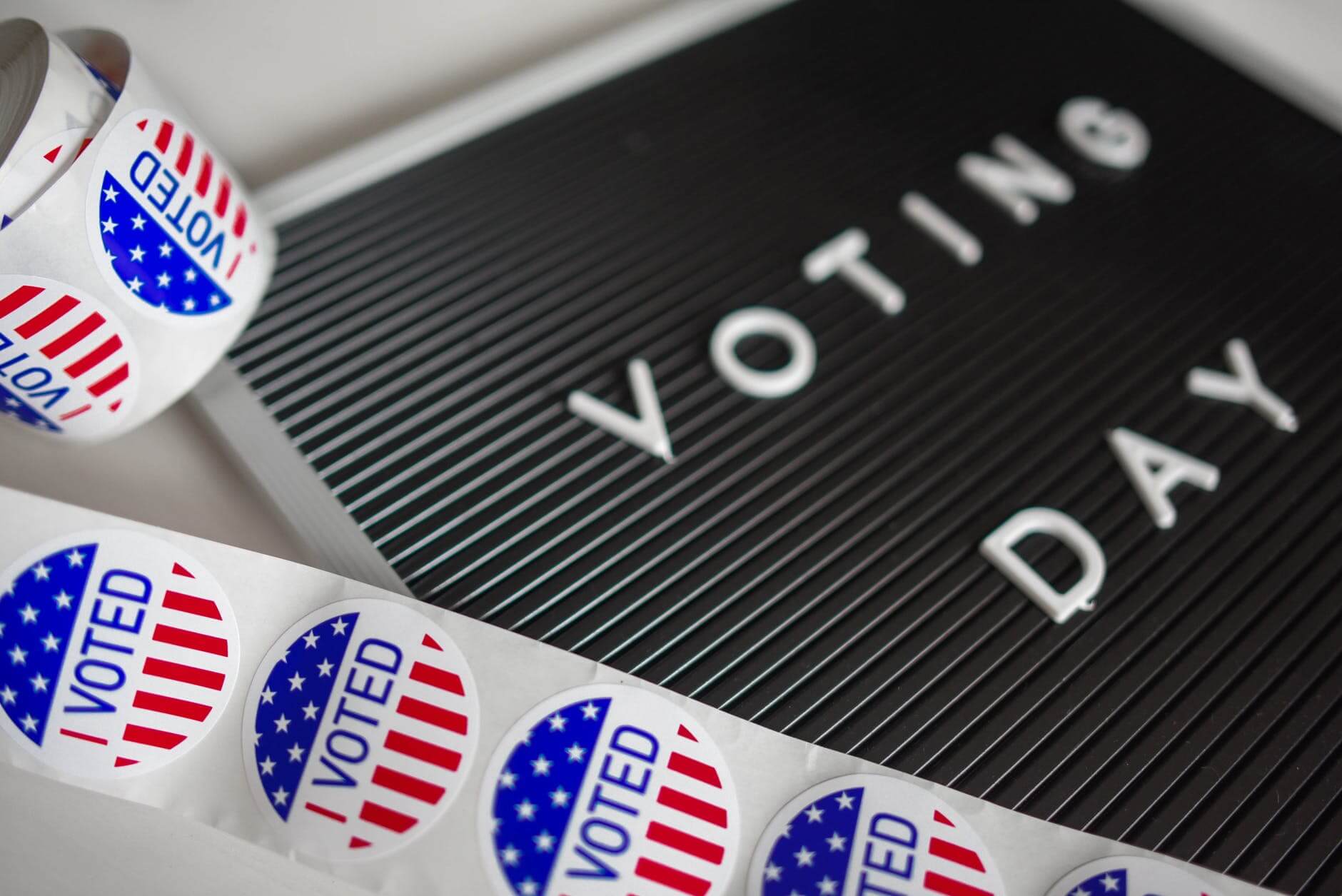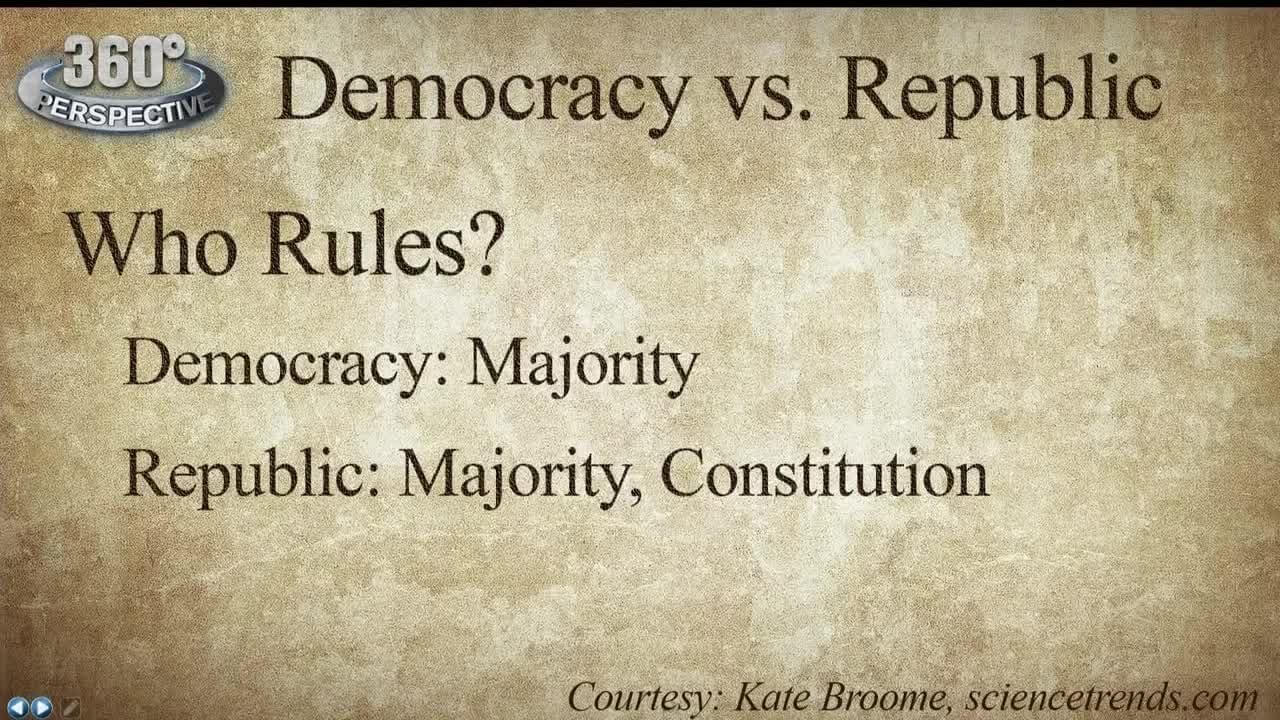Our graphic organizer for our lesson:
GC.04
Discuss the Constitutional Convention of 1787, including the Great Compromise and the ensuing debate over ratification between the Federalists and Anti-Federalists. H, P
What am I learning today?
Our nation’s Second (and current)) Constitution, and why it was created and what it hoped to accomplish.
Why am I learning this?
Our Constitution is our nation’s handbook. We know to know what our nation’s rules are.
How will I know I learned this?
When you know YOUR rights and YOUR responsibilities as granted and called for by our US Constitution.

Different States Different Ideas
The Virginia Plan – called for three branches of government: Legislative, Executive and Judicial. Bicameral government – both houses number of members based on each State’s population or the amount of money that state contributes to the national government.
The New Jersey Plan – called for a unicameral government, only one legislative body. Each state gets same number of seats in the legislature.
What is our first problem in writing our constitution?
Population?
What about states that have slaves? Do they count as population?
Do states with large slave populations want them to count?


3/5ths Compromise
The three-fifths compromise is found in Article 1, Section 2, Paragraph 3 of the United States Constitution: “Representatives and direct Taxes shall be apportioned among the several States which may be included within this Union, according to their respective Numbers, which shall be determined by adding to the whole Number of free Persons, including those bound to Service for a Term of Years, and excluding Indians not taxed, three fifths of all other Persons.”
The South wants one more compromise
The Commerce and Slave Trade Compromise was an agreement that Congress could not tax exports of goods from any state. Why was the south worried about this? It also placed a 20-year moratorium on any laws concerning the slave trade, “the migration or importation of such persons as any State now existing shall think proper to admit”.
It is a CLOSE vote!
Really Close Vote!
Ratification – Federalists
Federalists stressed the weakness of the Articles of Confederation and campaigned for the ratification of the new Constitution. James Madison and Alexander Hamilton were among their leaders.
Think Federalist Papers.
Really Close Vote!
Ratification – Anti-Federalists
Anti-Federalists attacked the Constitution and argued against its ratification. They worried about having a central government and noted how it did not have a bill of rights, or a list of basic liberties.
Its leaders included Patrick Henry, John Hancock and Samuel Adams.
“I look upon that paper as the most fatal plan that could possibly be conceived to enslave a free people.” – Patrick Henry





https://csac.history.wisc.edu/document-collections/popular-culture-and-ratification/federal-pillars/
RECAP:
GC.04
Discuss the Constitutional Convention of 1787, including the Great Compromise and the ensuing debate over ratification between the Federalists and Anti-Federalists. H, P
What am I learning today?
Our nation’s Second (and current)) Constitution, and why it was created and what it hoped to accomplish.
Why am I learning this?
Our Constitution is our nation’s handbook. We know to know what our nation’s rules are.
How will I know I learned this?
When you know YOUR rights and YOUR responsibilities as granted and called for by our US Constitution.
Our graphic organizer:



